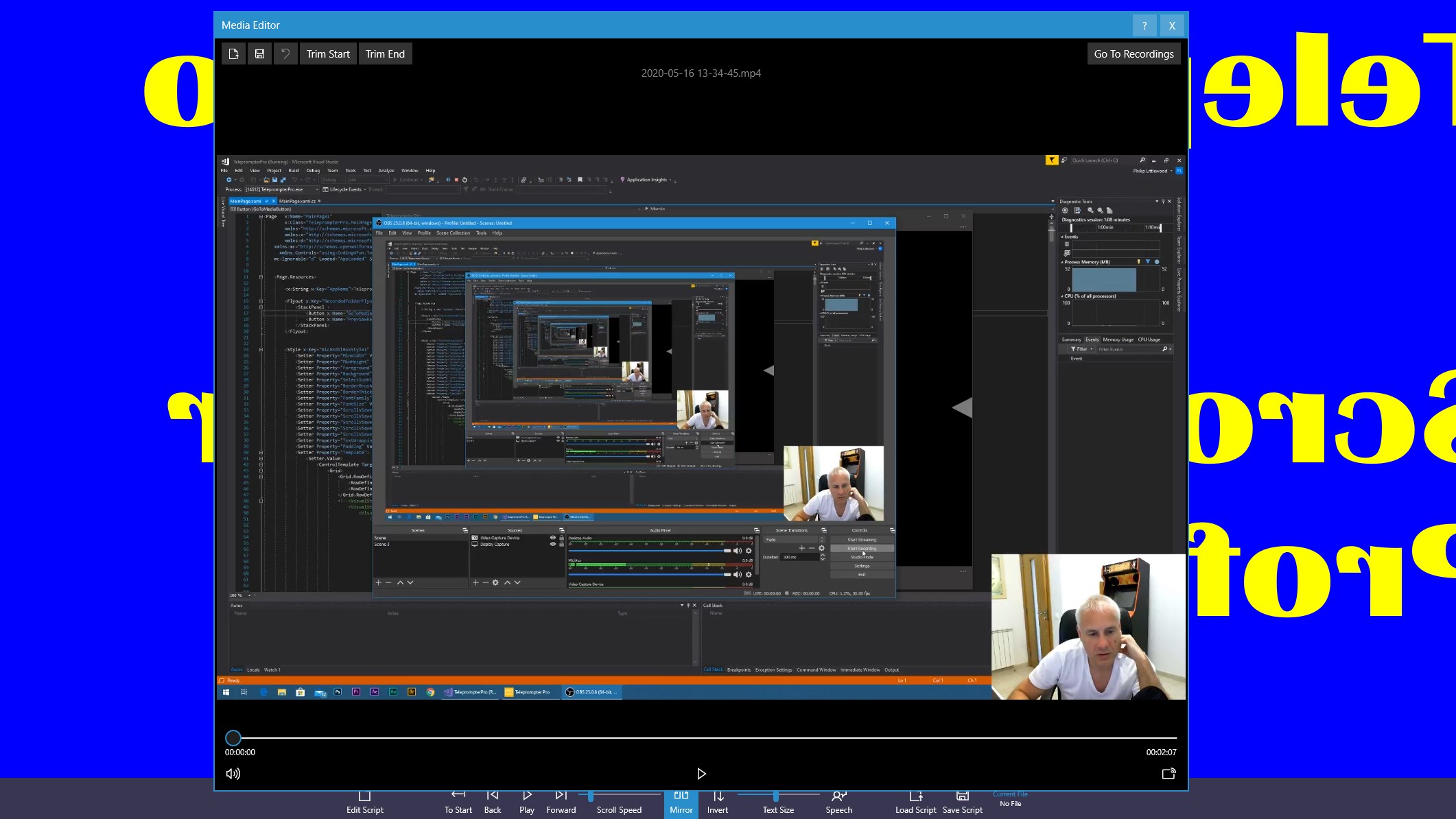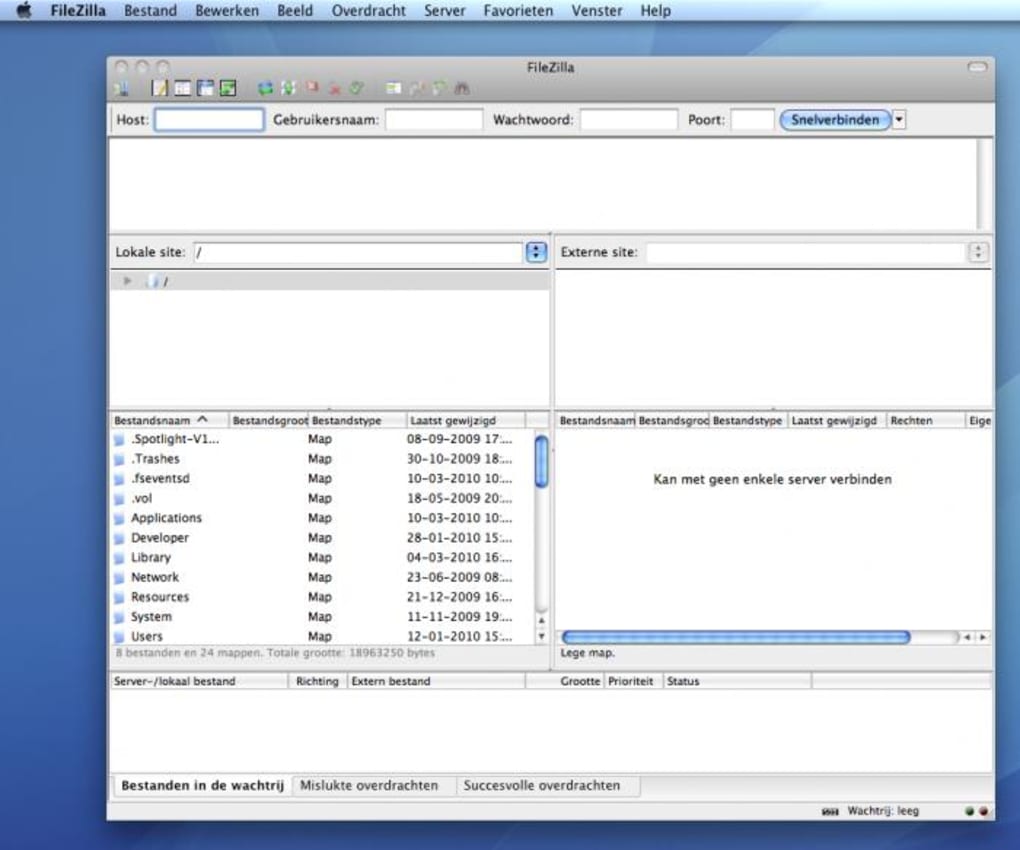

With homebrew you can accomplish this with the following brew command:Īdditionally, if you want the tnftpd server you can use the following command: To install only an ftp client, you can install tnftp on the Mac. Once Homebrew completes installing the inetutils package, you can run the regular ftp command as usual, for example you can connect to the gnu.org ftp server to verify that all is working as expected:įtp of the obvious perks to installing ftp and ftpd server with inetutils is you get other helpful network utilities, so you won’t need to manually install telnet on the Mac if you need that, it will just come in the same package together. If you want ftp, you very well may want this full suite, in which case installing inetutils through Homebrew is as simple as issuing the following brew command: The inetutils package includes ftp, the ftp server, along with telnet and telnet server, and the server and clients of rsh, rlogin, tfp, and more. Either is achievable through Homebrew: Installing ftp in MacOS with inetutils You have two options, one is to install inetutils (which also includes some other useful packages), or you can install tnftp. If you have not already installed Homebrew on the Mac, you will need to do so before beginning with this particular approach. If you don’t need ftp, there’s no reason to install it. Accordingly, certain Mac users may need to install and run ftp as a client, or ftpd as a server, which is who this tutorial is geared for. These decisions were probably made to favor the more secure encrypted protocols of SFTP (and ssh), but nonetheless some users may still need to regularly use the older ftp transfer protocol, even if it’s not particularly secure.

Likewise, telnet was removed in favor of ssh. Open Terminal and type the following command ($ is not included).For some quick background, modern versions of Mac OS pulled ftp to instead emphasize SFTP usage. įirst, before installing Homebrew, command line tools should be installed. Terminal can be found in Launchpad.īelow is the Terminal screen. Homebrew is installed from Terminal with commands. on a Mac and to connect to remote servers.īuilding an Environment with Homebrew Installation of Homebrew It is useful to run Gaussian, python, etc. Homebrew can be used from iTerm2 (also from the standard terminal). It is more powerful than the standard terminal. ITerm2 is a widely used terminal for Mac. You can easily install various UNIX-based software by Homebrew. Homebrew is a package management system used from a terminal (software to type commands).

Herein, I would like to explain how to build an environment on a Mac using Homebrew. Homebrew is a package management system for Mac. For organic chemists, Homebrew is very useful software, although it is not as essential as MS Office or ChemDraw.


 0 kommentar(er)
0 kommentar(er)
